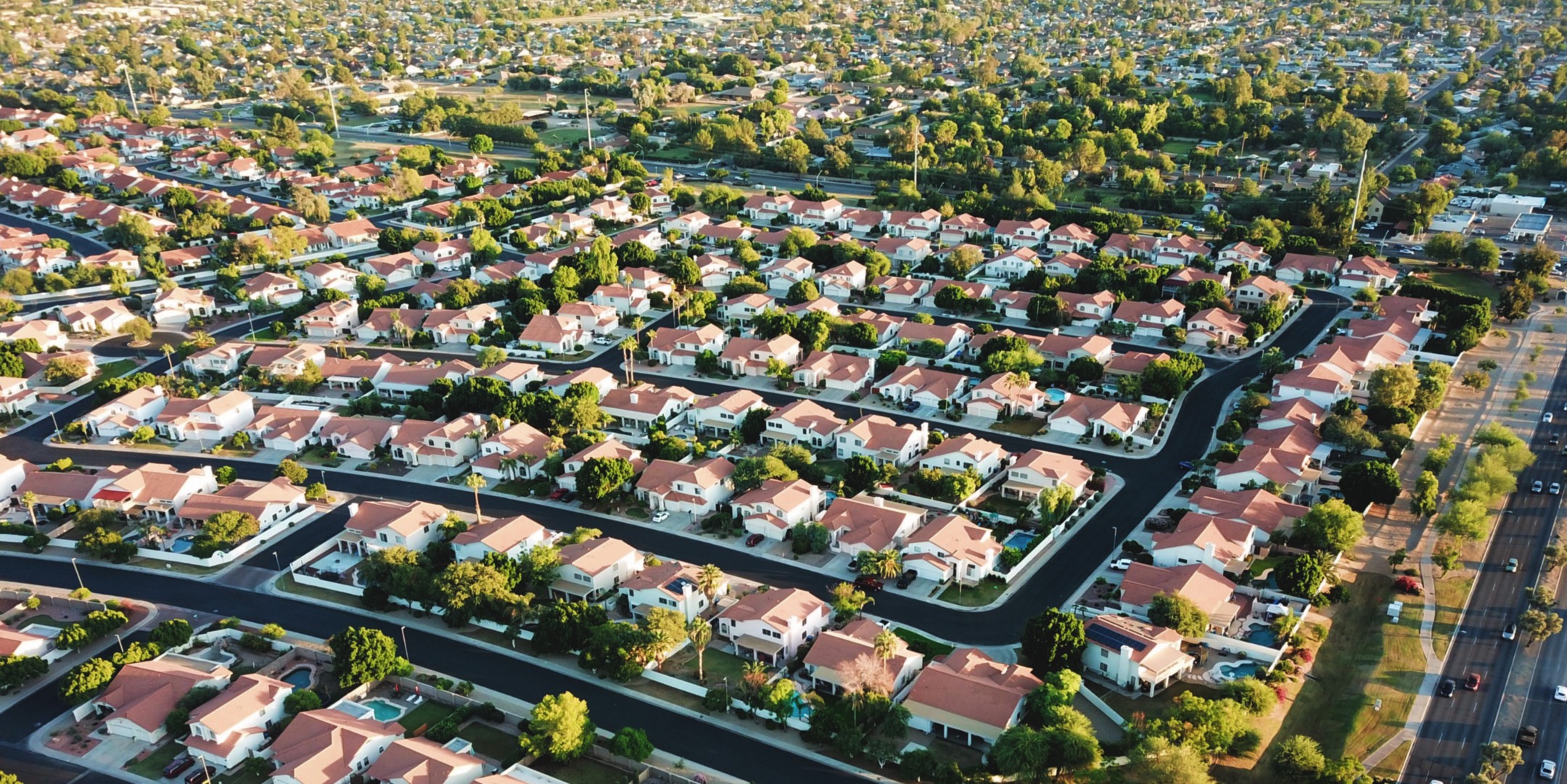“Why are you still protesting Black Lives Matter? Racism is over!”
or
“We arrested the police officers who killed George Floyd. Why are you still protesting?”
Have you heard these questions? I have. Many times. From white people.
The question seems fair. Why protest for an incident that is going to be investigated and the police officers held accountable? Can’t we all just go home?
No. We cannot. We cannot stay silent as we watch clips of protests, or demonstrations, of the very real people who are beyond asking for their rights to be protected — the right to live as free people in these United States.
There’s an unfulfilled promise made to all Americans — the right to pursue our happiness. And until the check for that promise can be cashed, the protests will continue.
Whether it’s in the streets of Minneapolis or Seattle or Louisville or New York or Washington D.C., Americans are saying “no more” to racism as the underlying feature of our nation. “No more” to the focus on white lives to the exclusion of all others lives. No more violence by the state to the bodies of Black and Brown and Latinx and Indigenous and Asians who live in this America and are rightfully full citizens of the state.
Why?
We protest for the lives of Black Americans because Black Lives Matter.
We protest the continual presence and spread of structural, systemic racism because it is still corrupting our American soul, dividing us into groups that must contend with each other for the freedom to live our lives in peace.
We protest because we must stand athwart the world, yelling “Stop!”
But how did we get here, to this place where those of us who are white Americans are surprised at the depth and the spread of the protests? How have we come to live lives not in parallel but in nearly separate worlds, one where white Americans live far apart from Black Americans, where our Asian friends live far apart from our Indigenous friends, where Latinx people and people from South Asia are miles apart in their residences? We are separated from each other and we do not understand each other — and this separation did not happen by chance.
Let’s dig into a little bit of America as we are, right now. Let’s explore where we are before we figure out where we want to go. Let’s understand our present so we can build a path to a more equitable future.
First, draw a Tic-Tac-Toe grid, just like you’d use in a game. (An “octothorp,” if you want to know.)

Write your name in the middle, and write the names of your closest neighbors. Don’t worry about being perfectly accurate, but get the gist of it. If you live in an apartment, choose the people around you. In the suburbs, the houses around you. In a rural area, try to think of your closest neighbors. If you’re in Alaska, cheat.

Next, put in, as best you know, the jobs these people have. Again, try to make a good guess. If you don’t know, do your best.

Finally, as best you know, write in their race.

Look at the result.
Do you notice any trends?
Are the names all alike?
Are the jobs all alike?
Are the races all alike?
What was the most difficult to determine — name, job, or race?
If you live like most Americans, you will notice something that nearly always fits, even though you might not have ever really noticed: We tend to live among people whom we think are “like us.” This is true no matter what racial category we identify with. This map from the Demographics Research Group at the University of Virginia is useful tool to explore this sorted-by-color feature of the American culture.
This sorting did not happen by accident. It is not because Black people or Asian Americans or Hispanic people or the Indigenous all decide to move away from and live away from white Americans.
For nearly 100 years government policies have favored the development and extension of white neighborhoods. The idea of there being white neighborhoods has become “normal,” to the point where we do not see the incredible advantage that comes from being white and living in suburbia. Not only has this sorting created better schools, it has created wealth buildup and wealth transfer to the following generations.
It came about because it was planned, decades ago.
After World War II, veterans returned to crowded, steaming cities. There was an enormous, pent-up demand for better housing for them.
In response, America swung into action —we’re creative, can-do types. William Levitt wasn’t the only person to respond, but he became the most famous. He and his company built massive new towns, away from the cities, where low-cost homes were available to nearly anyone, homes that came with government-backed mortgages at low rates for long terms. Just about any veteran could qualify. Veterans and others flocked to these new towns, some which were directly named “Levittown.”
The homes were small, but they were affordable and a couple could live comfortably in tree-lined communities laid out among ambling lines over the countryside.
Levittown was home.
And these new towns were a huge success. Not only were these communities a place to raise a family and connect with people, the homes were an appreciating asset —a couple could own a home, with a backyard and patio, and not just pay rent for an apartment in the crowded city.
Your grandfather bought a house in Levittown, your father inherited the assets at his death, and you went to college and built out a network of business relationships paid by those assets, a literally unearned gift from the federal government back in the 1920s and 1930s when redlining and FHA backed mortgages were first being designed for the benefit of white Americans.
For Levittowns were for white people. Period. Our governments, federal and state, helped private companies build out the cities, backed the mortgages, provided the services, and guaranteed their safety — for the prosperity of white Americans.
If you think that anyone could get an FHA-backed mortgage, you are completely, 100% uniformed.
This thinking goes back to the Land Grants of the 19th century, such as the Homestead Act. Ever wonder why so many white Americans settled and built and struggled to get a piece of land but very few others did? The Land Grants were limited to white people.
Government policy enabled the wealth buildup of white people, and we live now in a nation that is the result of these direct giveaways to white people.
That’s a small part of structural, systemic racism.
The blessings of prosperity were available to white Americans, but those who were not white Americans were left further and further behind. White people gained power and wealth, and those who watched could see what was happening, right in front of them, and were powerless to change anything. Speeches and pleas for equality were unheeded.
What was left was the language of the unheard: the protest, the demonstrations, the demands made with bodies and lives that we must change and provide equity for all people.
Levittown and asset-building and exclusionary benefits lead to demonstrations as surely as fire and fuel, and air lead to conflagration.
Racism was systematized and extended through the way that our cities were built. Changing Levittowns through the FHA Act of 1968 helped put a stop to most actions of exclusions, and surely we can do more to incorporate all Americans into our communities, but segregated housing isn’t the problem. It’s a symptom. The problem is that we have built a country based upon systemic, structural racism, and until we remove that, root and branch, blossom and seed, we’ll continue to see outbursts of outrage, bear witness to burning, and repeat the cycle of protest, reaction, and reprisal.
Why it is that we protest and march and say “Black Lives Matter”?
It is not just because we want to make trouble. It is because we want to call attention to — and eradicate — the myriad ways that we push down Black lives, because we want to bring justice to Black lives, and that we want us all to simply care for Black lives.
Because until Black lives matter, no lives matter.

